Do you ever feel you need to get unstuck? Or learn a new approach for telling stories with your camera instead of just random images? Then listen to Dan Milnor, an outstanding documentary photographer, as he describes his process and approach that you can instantly put to use.
Transitional Pictures
In terms of telling stories, I think you have to make some decisions as a photographer. You have to make some rather painful realizations about telling stories with photographs. Which doesn’t necessarily mean that every image you make is aesthetically unbelievable or beautiful. A book of 25 beautiful photos might not tell any story at all. So when you realize, “okay, the primary goal of this project is to get the point, my concept across” it means you might have to shoot images that are what I call transitional pictures.
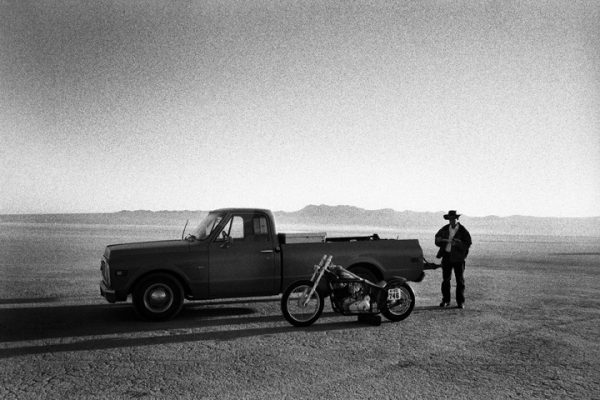
Photo by Daniel Milnor
They may not be aesthetically beautiful, but they give the viewer a little piece of information. Something that they might not know about or might not understand and it links them back to those really powerful images that are your best work. So again, a book that could be a portfolio more than it is telling a story. And that that’s a decision you have to make early on.
Establishing Questions
A lot of times when I do documentary work today, it’s very different than it was 10 years ago or 15 years ago. I would go into the field and rarely was I ever stopped or questioned by anyone saying, “what are you doing here?” Today, that’s a very much a part of doing documentary work. So in many cases when I’m working in the field, there’s an initial conversation before I can begin to shoot. Who am I? What am I doing? What’s the purpose of the work? Those are things that you have to establish before you start, in some cases.
Once those are established, I try to pull back. Because I’m looking for real people doing real things in the real world. I’m not orchestrating. I don’t necessarily even want to talk to people because I know that it will control and influence the scene in front of me doing documentary work.
Composition and Light
You have to be prepared to go in the field for long periods of time and get, you could potentially get a lot of work or you could potentially get very few strong images. The light is the primary dictating factor for me. And composition, because I use the 35 and even with the 50, I’m always looking for a foreground and mid ground and a background. Because I want that lens to build depth. I don’t want a one dimensional flat photo. I want something close, something in the middle and something in the background that are all related and the light working on those three planes. And when you get that, it just gives you a sense of three dimension on a one dimensional photograph. That’s really the key for me.
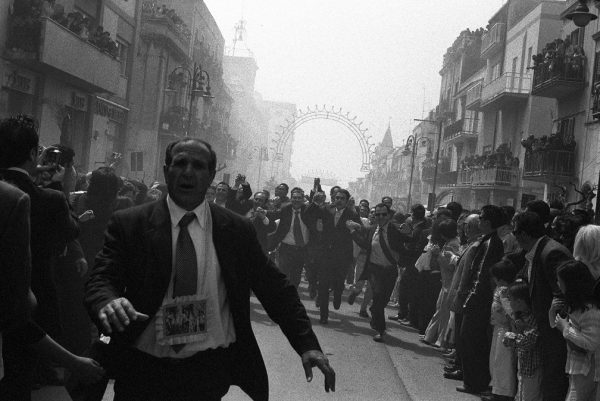
Photo by Daniel Milnor
Do Research
I do my research. I think that’s one thing that gets a little bit lost these days is when you do documentary work, a lot of times you know you can go and just wing it. You can go somewhere and shoot and that’s a lot of fun. But if you have a specific theme in mind or a specific story that you’re going to tell, I think in some cases it’s better to do some research up front. Which can really maximize the potential you have when you’re in the field, especially if you have limited time. So I’ll do my research. I’m always taking the same cameras with me. For the most part, I try to keep it simple.
Change is the Nature of Documentary Photography
I nail my stories down every single time, and then five minutes after I’m in the field it changes. So I think that’s just the nature of doing documentary work. Unless it’s an event. If you’re covering a political convention or you’re covering a religious festival that’s four days long. Then you have an idea of what you want to do that that’s kind of a story that has what I call it has borders on it that I can see the borders. I can feel the borders, I know what I’m going to, what I can expect to see.
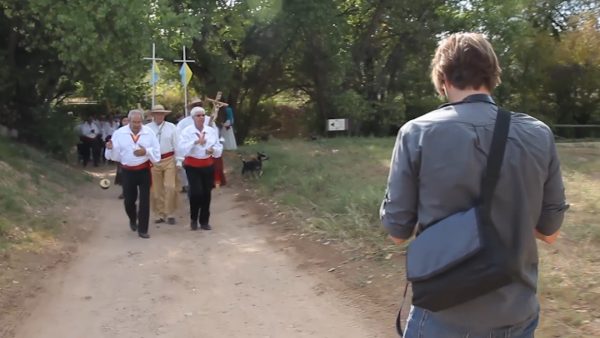
Daniel Milnor in the Field
A lot of the projects I do documentary wise don’t have borders. I have an idea or a concept, I do some research and then I feel my way around in the field. What typically happens is five minutes after I’m in the field I meet someone, I see something that takes me in another direction. Stories expand and the difficult part is keeping some sort of restriction on how big the story gets. Because otherwise you can basically shoot and never have the sort of intensity that you need to tell stories.
Don’t Rush It
I think today we live in a fast world. We’ve all got our mobile phones and computers and we’re connected all the time. Time frames have been cut and cut and cut and cut, but there is no substitution for time and access in the field. The longer you can spend, the better your photos are going to be. And if you rush it, it’s going to show in the work. And the people, the significant people within the photography world, whether it’s a curator or a gallerist or a publisher, they will see that immediately whether or not you have that connection.
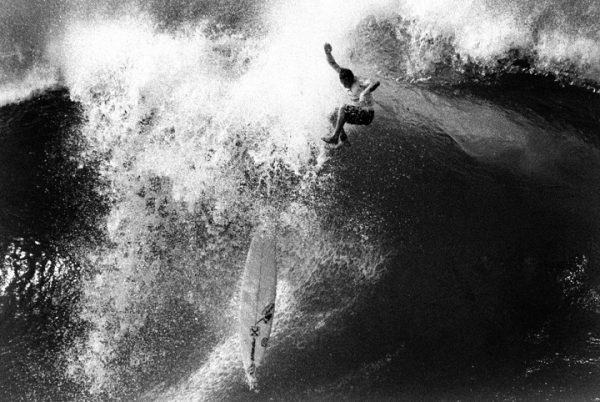
Photo by Daniel Milnor
Thanks for joining us again. I hope you enjoyed hearing from Dan about storytelling with your camera and will go out and put it to use for yourself. Be sure to subscribe to our channel and follow our blog so you don’t miss any of our content. Also, please share like, and leave your comments. I love hearing from you! Remember to get out and capture your own images of life.

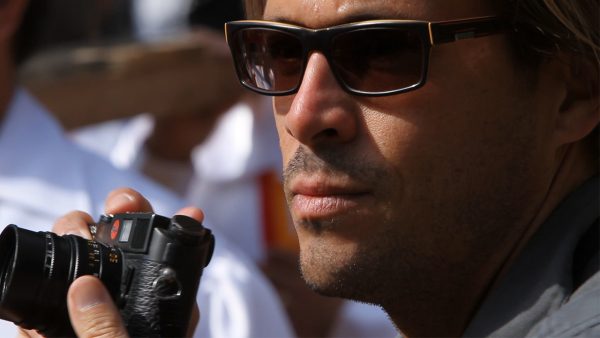
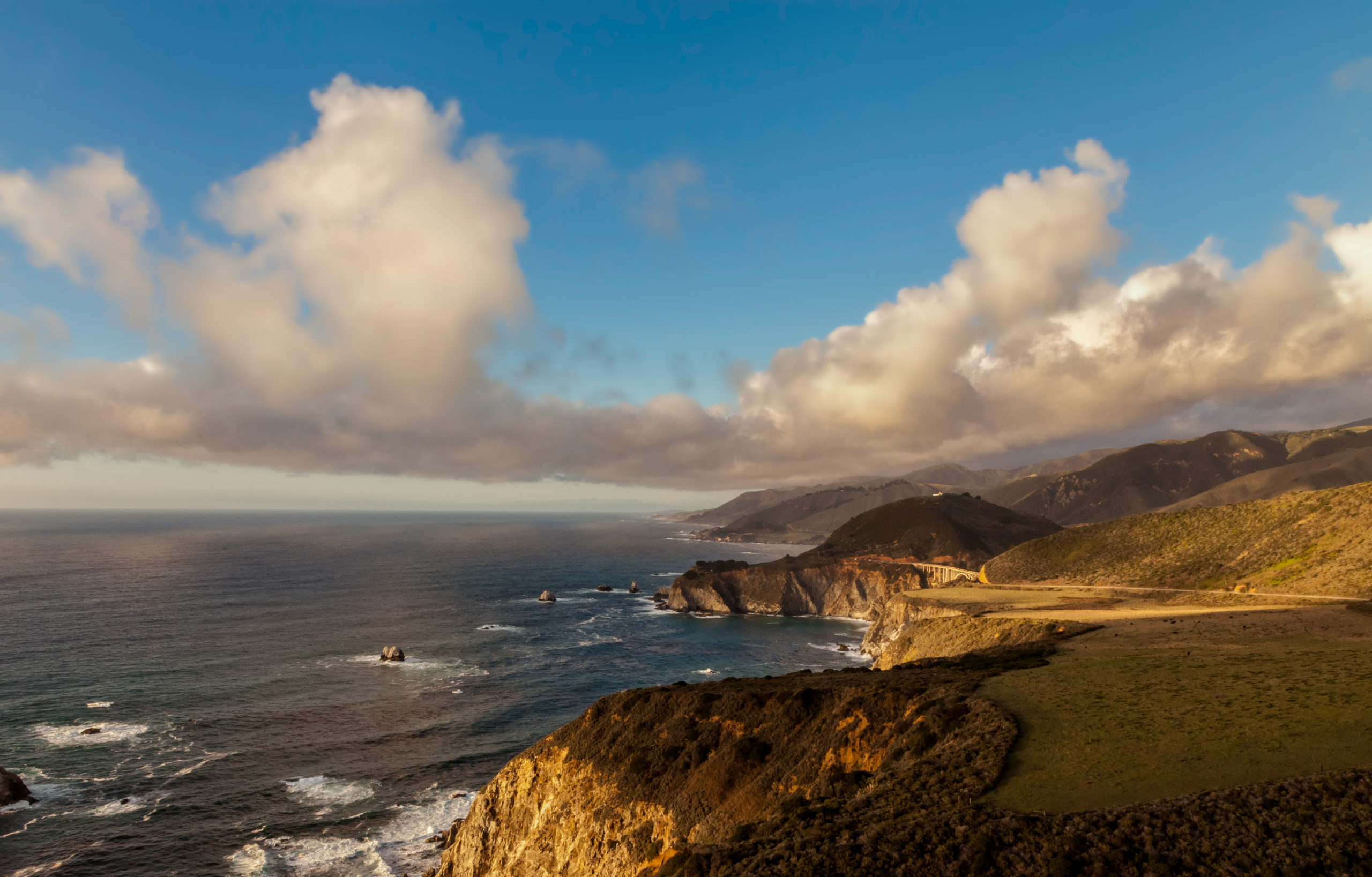
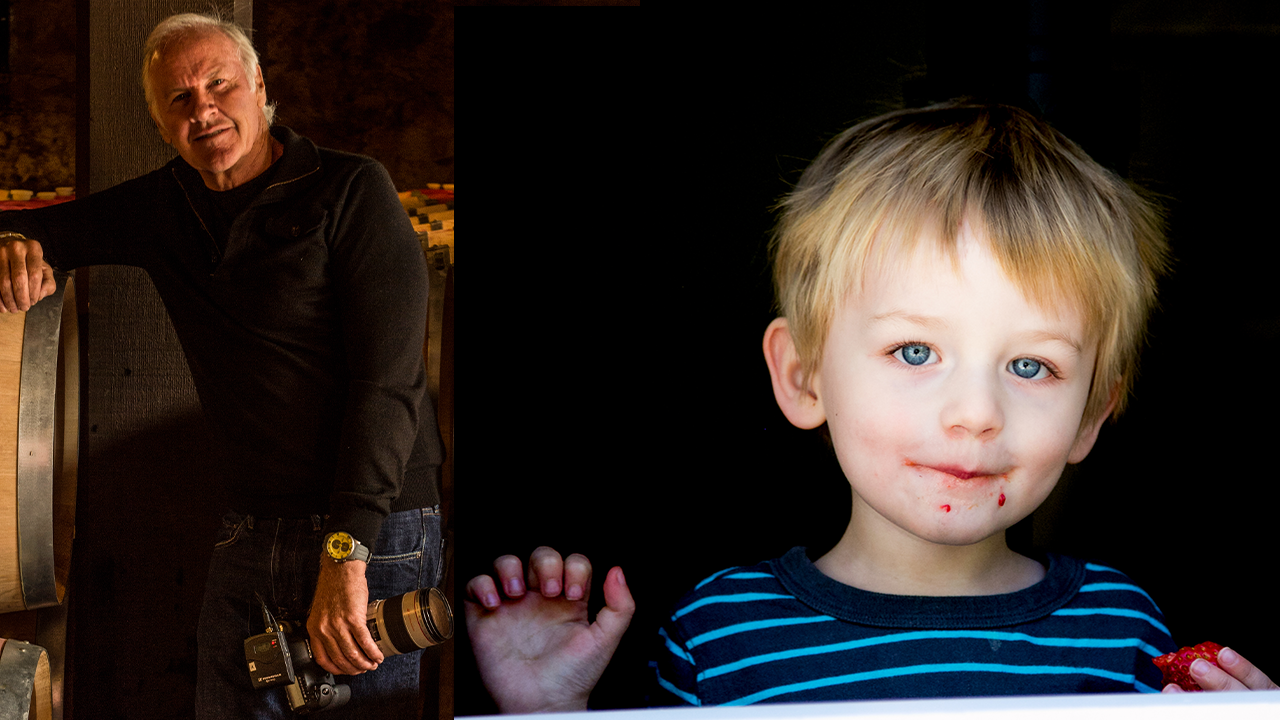
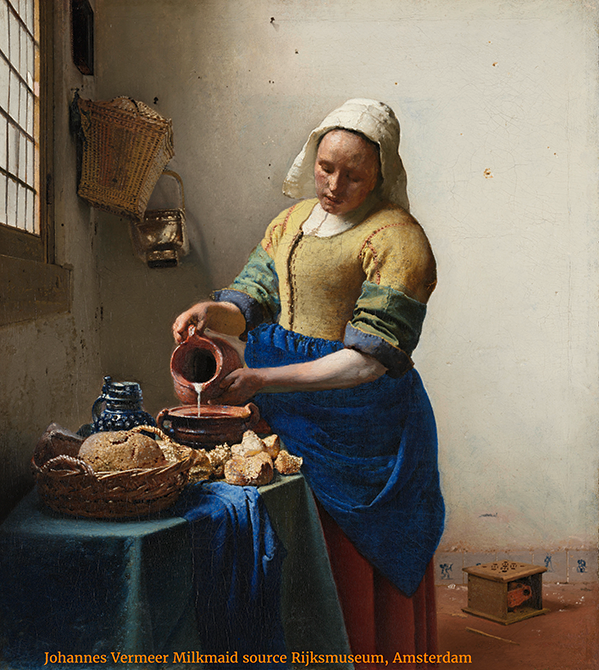
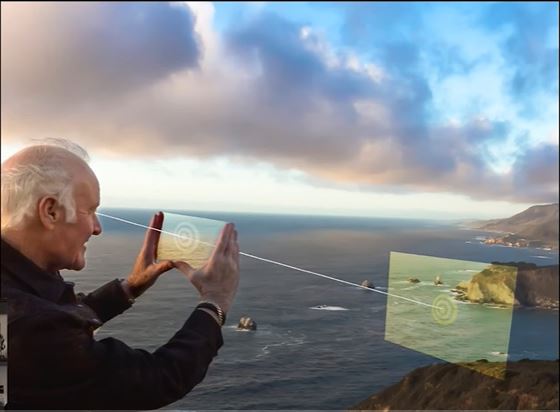
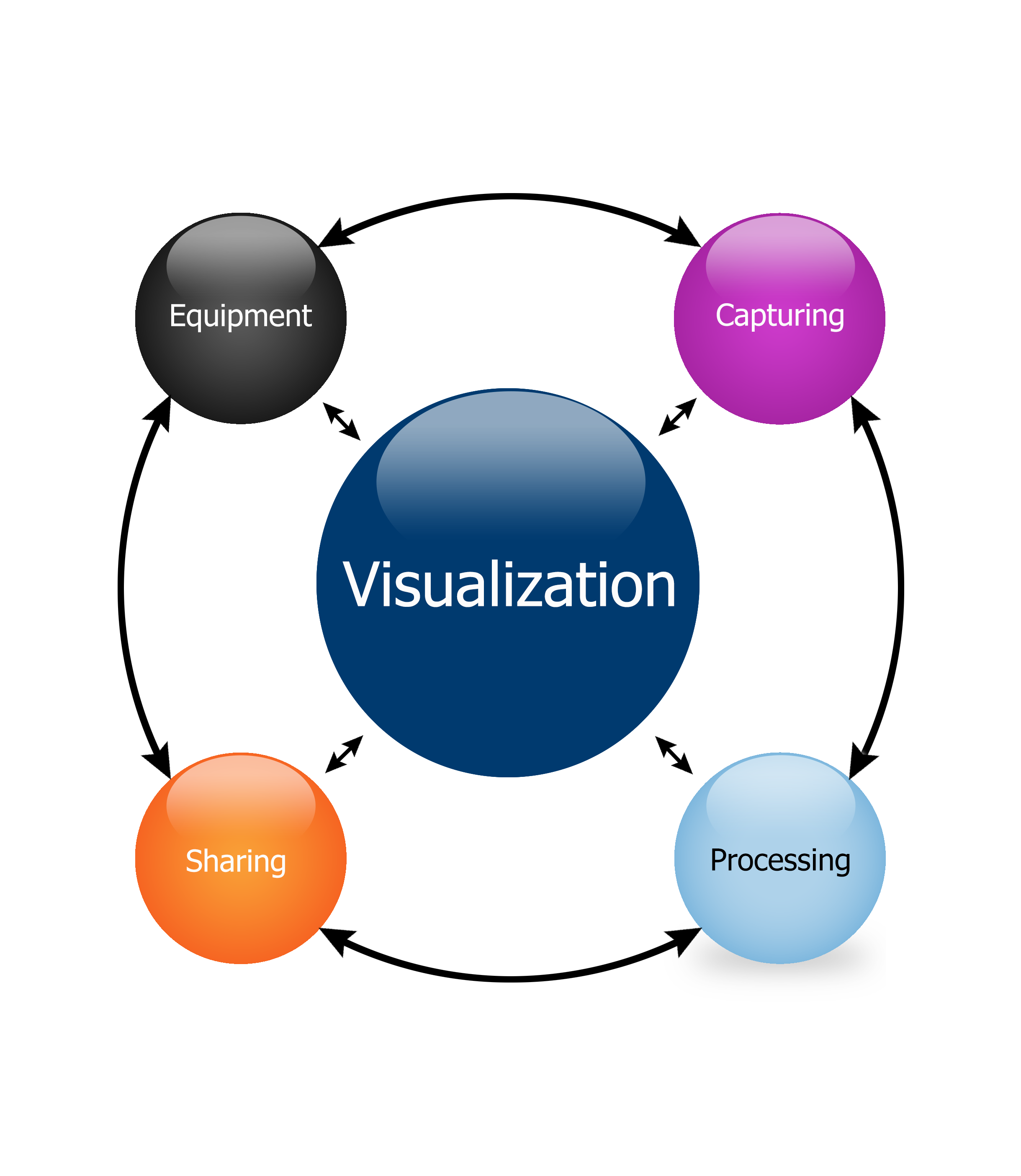
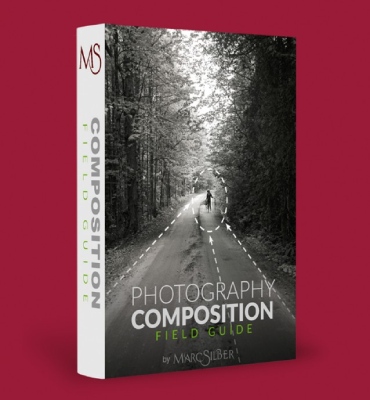
Leave A Comment
You must be logged in to post a comment.